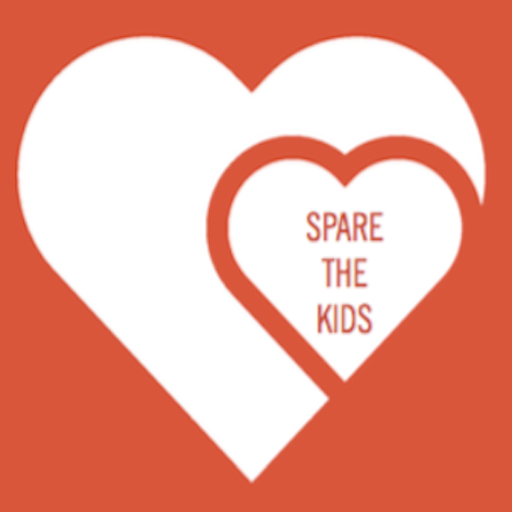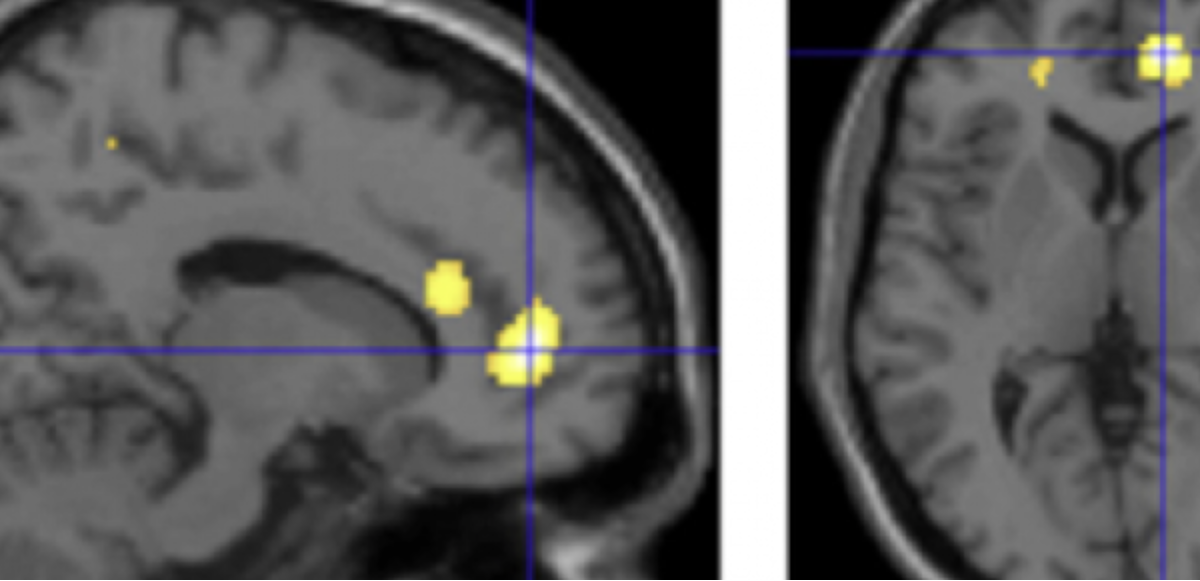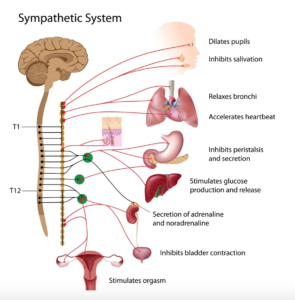It never fails. Every time the subject of corporal punishment is discussed, I always hear a chorus of people parroting the same line: “there’s a difference between spanking and abusing a child.” That’s because many people define abuse by visible injuries on a child’s body.
But there is no thin line between spanking and abuse. They both exist on a continuum of violence. The only difference between these two forms of violence is that one stems from a parent’s intent to teach or protect, and the other from malicious neglect. But while adults play semantics, children’s bodies do not process the violence differently based on wordplay or the intent behind the hit. Just ask a child if they can describe how a spanking better than a whupping or beating.
Fifty years worth of scientific studies has shown that all forms of hitting, even when there are no bruises or other injuries left behind, causes structural damage to a child’s developing brain, can compromise their immune system, places them at risk for delinquency and incarceration, poor intellectual, psychological, and chronic health problems later in life.
Studies of brain scans by doctors at Harvard Medical School reveal the devastating effect corporal punishment has had on young adults. The brain scans of corporally punished young adults (not subjects who were bruised or severely injured) show nearly 20 percent reduction in the volume of gray matter in certain areas of the prefrontal cortex of their brains, compared with those who were not hit.
When a child is threatened with a whupping or is hit, their body is flooded with certain stress hormones, which can damage the hippocampus, which may in turn affect their ability to cope with stress later in life. Gray matter is associated with intelligence, executive functioning, emotional regulation and memory. Harm to that region is linked to depression, alcohol and drug addiction, aggression, and other mental health disorders. Structural changes to a child’s developing brain can also cause impulsiveness, emotional volatility, and slow brain processing speed, which can contribute the likelihood of an individual ending up in jail.
A growing body of research suggests that what happens outside the child’s body can profoundly affect their biology within. When a parent threatens or hits a child, they can see the fear on a child’s face, see their body flinch or attempt to defend themselves, and hear their cries and pleading. But what they can’t see is the biochemical responses — the fight or flight response — they’ve ignited under their child’s flesh.
The hitting stops. The child stops crying. Their eyes are dry again. The heart rate is back to normal. You’ve put the belt away. Your breathing and heart rate is back to normal. But the biochemical responses that have been activated in your child’s body (from the moment you threatened the child) don’t always immediately return to normal. For the next few minutes, or even hours, the brain, liver, kidneys, heart, adrenal glands, gut and other parts of the immune system continue to cope with the stress. When stressors are always present and you constantly feel under attack, that fight-or-flight reaction, or the sympathetic nervous system moves into maximum alert in times of threat, stays turned on.
Let me say this again, threatening and hitting a child is a form of chronic stress that raises levels of hormones and causes inflammation throughout the body and prompts biological changes that can affect the immune, vascular, metabolic and endocrine systems, and can prompt their cells to age more quickly. This cumulative wear and tear – known as an “allostatic load” – can negatively impact an individual beyond childhood, and even the future health of their children because stress also causes genetic changes.
No wonder America is last in many categories of health and wellness throughout the industrialized world. And African Americans suffer even higher rates of chronic health problems that other racial groups in this country because of racial discrimination, poverty, bad environments, poor access to healthy food, and adverse childhood experiences, which includes the fact that the majority of black folks believe in whupping children.
So when you hit your child, to any degree and no matter the intent or whether or not it results in injury, you contribute to the rapid deterioration of their health and place them at risk for developing cardiovascular disease, diabetes, obesity, joint degeneration, cancer, a lowered lifespan, and future generations of children who inherit genetic changes.
Hitting your child might get your child to act right in the short term, but are the risks to their emotional and physical wellbeing worth it in the long run?




Wow… thank you I really needed to read this… I understand my life/ childhood better…:-(